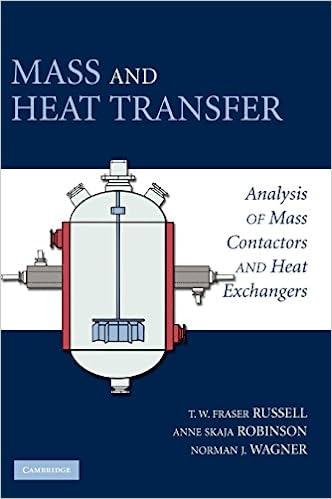Answered step by step
Verified Expert Solution
Question
1 Approved Answer
( 2 5 pts ) In organic chemistry, alcohols undergo oxidation to yield aldehydes, which in turn can undergo further oxidation to produce the corresponding
pts In organic chemistry, alcohols undergo oxidation to yield aldehydes, which in turn can undergo
further oxidation to produce the corresponding carboxylic acids. In the presence of strong base like
potassium hydroxide two moles of aldehydes can undergo a reaction with the base yielding one
mole of alcohol and one mole of carboxylate. This reaction is known as the Cannizzaro Reaction. It is
worth noting that from an engineering standpoint, this reaction is generally undesired due to the higher
value typically associated with aldehydes compared to the resultant alcohols and carboxylic acids,
although this aspect will be overlooked for the purpose of this problem.
You are going to design a flow reactor to convert benzaldehyde A into benzyl alcohol B and benzoic
acid C
The reaction kinetics
established as second order
respect to the aldehyde spe
and first order with respect tc
strong base species ie
For the sake
simplicity, the reaction
considered irreversible in
problem.
To estimate the rate constant of the reaction, a labscale steadystate isothermal ideal CSTR setup was
established as above. benzaldehyde liquidphase solution and MKOH liquidphase solution
are supplied to the mixer, with the same volumetric flow rate of respectively, and the mixed
reactants were fed to the ideal isothermal CSTR running steadystate at No
reaction was observed in the region between the mixer and the reactor.
a pts Establish the stoichiometric table for this setup.
b The outlet concentration of benzaldehyde was determined to be What are
i the conversion of benzaldehyde ii the rate of consumption and iii the rate constant
under this condition?
c pts Consider replacing the reactor with an ideal Plug Flow Reactor PFR operating at the same
temperature. Determine the volume of the ideal PFR necessary to achieve the same conversion as
described in part b
d pts The labscale CSTR system has undergone scaling up to a pilotscale system, resulting in a
fold increase in both all volumetric flow rates and the volume of the CSTR The initial
concentrations of the reactants remained same. What is the anticipated conversion from this pilot
scale setup?

Step by Step Solution
There are 3 Steps involved in it
Step: 1

Get Instant Access to Expert-Tailored Solutions
See step-by-step solutions with expert insights and AI powered tools for academic success
Step: 2

Step: 3

Ace Your Homework with AI
Get the answers you need in no time with our AI-driven, step-by-step assistance
Get Started


